Electric cars are using regenerative brakes to make things easier for you. Here, we are going to explain the one pedal driving trend along with its pros and cons

The rise of electrification has been reshaping the way we drive. More than not producing engine sounds, electric cars differ in terms of weight distribution, power delivery and, as a result, dynamic behavior. These changes deserve more attention as EVs start to get consistent sales volumes around the world.
One-pedal driving is one of the latest changes brought by electric cars. That name was given to the effect that regenerative braking can cause when it works at full intensity. In this article, we are going to briefly explain what regenerative brakes are and what are the pros and cons of one-pedal driving in practice.

What are regenerative brakes?
In cars, the regular brake systems use friction. Whether discs or drums, they operate by pressing an object against each wheel. The object continuously rubs against the wheel to slow down its rotation as much as the driver wants. While that gets the job done, it also wastes a lot of kinetic energy by producing heat.
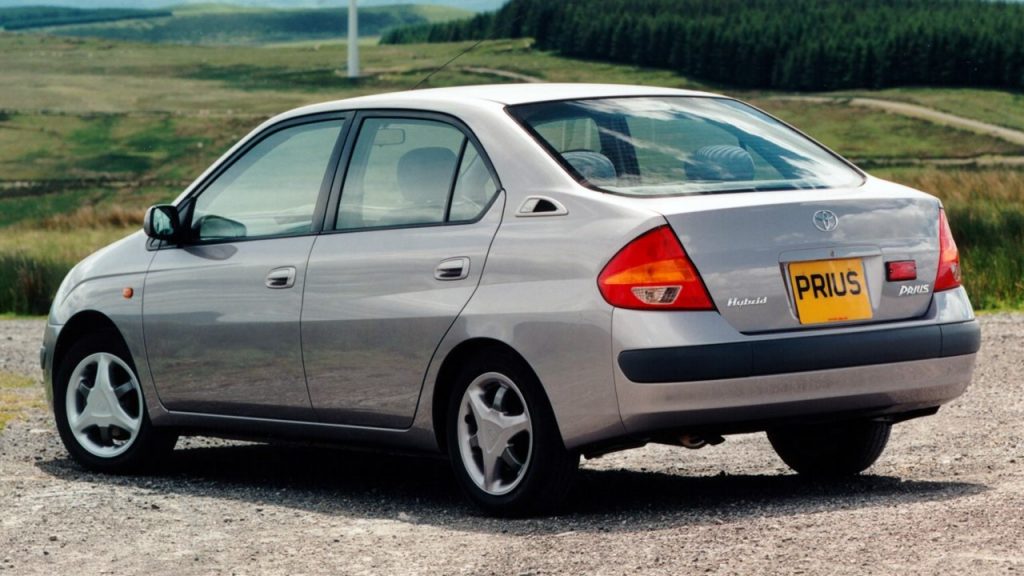
Regenerative brakes use an electric generator that connects to the wheels when the foot lifts off the accelerator. It uses their movement to produce electric energy, which essentially reverts the process that powers the car in the first place. That recovery is not perfect, of course, but it is always better than just losing everything as heat.
That system is particularly useful in EVs because the recovered energy is used to reduce demand from the motor. That implies an increase of the car’s range with every recharge, which is important to reduce range anxiety on drivers. The GM EV1 and the Toyota Prius were the first high-volume cars to use that system.
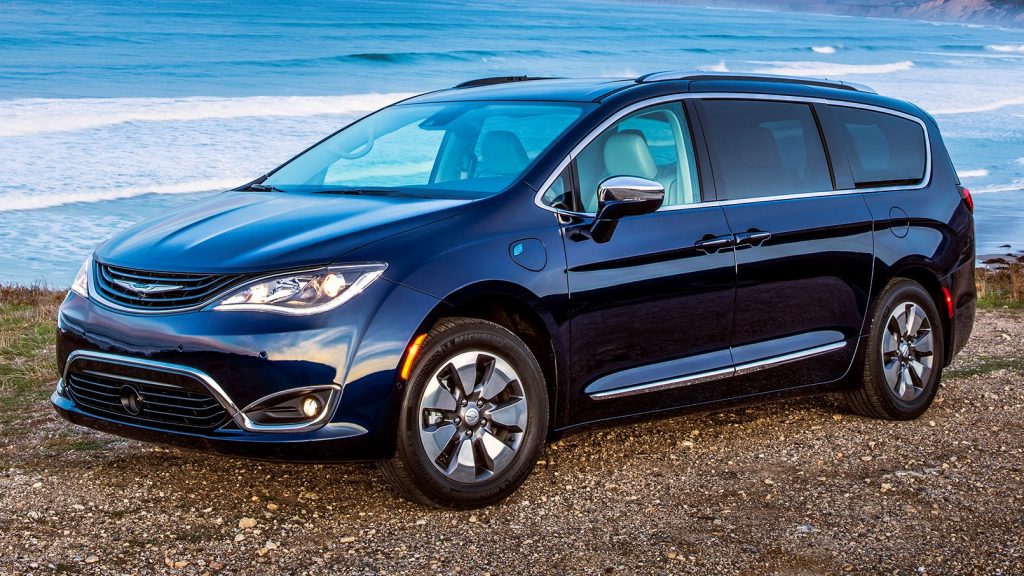
Regenerative braking in EV
We must keep in mind that this system does not replace friction brakes. In fact, the first EVs brought what is commonly named “blended” brake pedal: it used both friction and regenerative brakes. That made the pedal feel more natural to the driver, which is important to minimize any differences regarding dynamics.
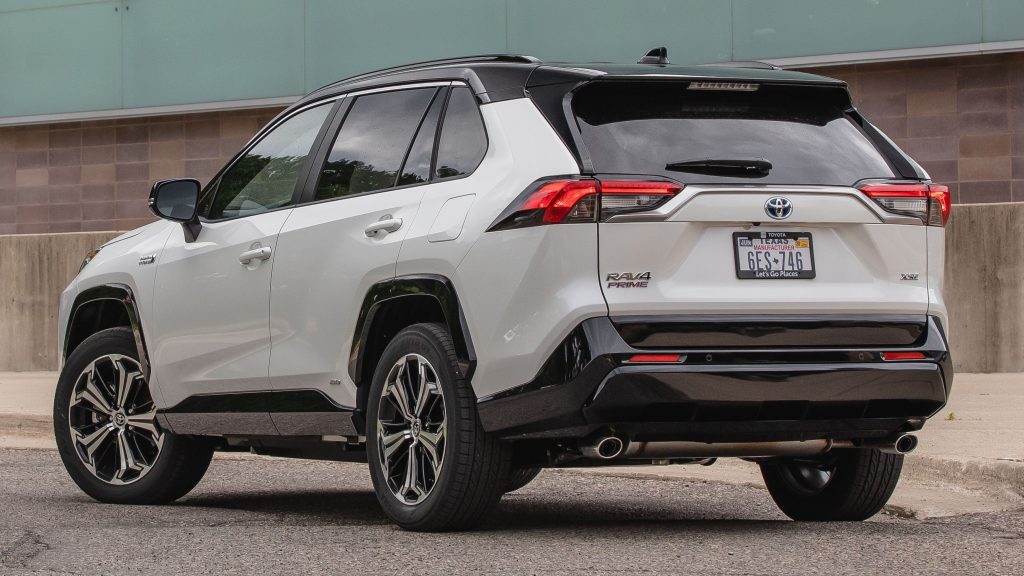
The industry eventually concluded that low regeneration favors the car’s dynamics while increasing it aids efficiency. The most intuitive solution to that problem was to create options: most EVs offer several levels for that function. This way, the driver can select which one is the most appropriate in each situation.
That freedom has led us to an interesting situation. At the highest setting, regenerative braking slows the car as effectively as its friction brakes would have done. Since it works whenever you lift your foot from the accelerator, you can manage the car’s speed by using only that pedal. Yes, that is one pedal driving.
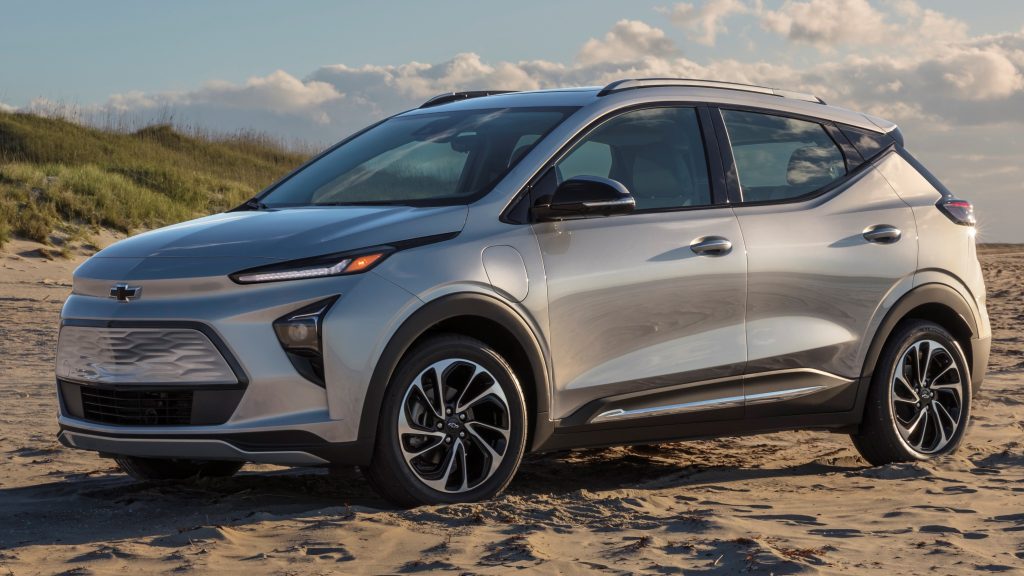
What is one-pedal driving?
In practice, you start by pressing the accelerator pedal to increase the speed. Once you lift your foot, the regenerative system begins to work at full intensity. The car recovers some energy and, as a by-product, slows itself. You will only need to apply the friction brakes in specific situations, like a traffic emergency.
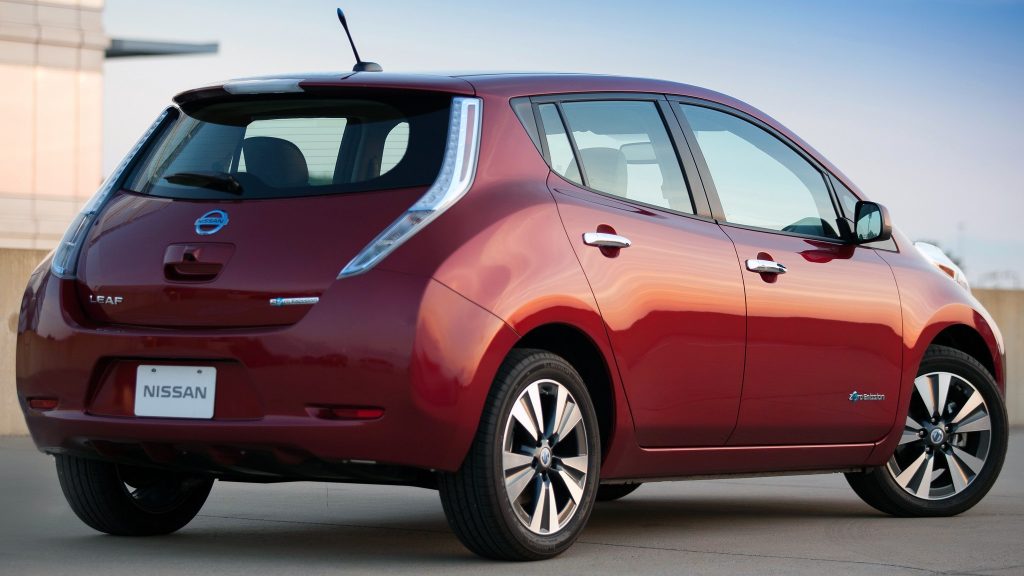
By recovering energy, making driving simpler, and even sparing the friction brakes, one pedal driving has quickly become mandatory for EV drivers. The standard version offers regenerative braking with multiple levels of intensity. Some cars allow you to do it from the steering wheel buttons to make things easier.
The beauty of engineering, however, is that no solution is completely better than others. That might even happen from a technical point of view, but practical use brings new variables to consider. Some carmakers quickly brought other forms of that feature claiming that they are more efficient or, at least, appropriate.
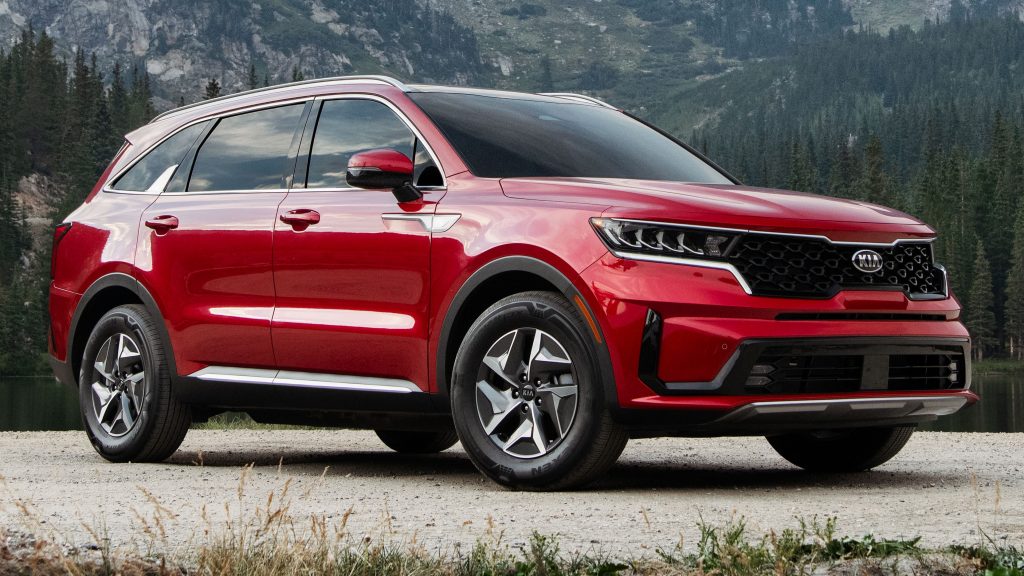
Other takes on one-pedal driving
The Porsche Taycan, for example, requires you to step on the brake pedal. It has regenerative brakes and all, and the company claims it can recover 265 kW of energy. However, only a minimal part of that occurs at lift-off. Porsche says that preserving the use of two pedals feels more natural, especially in a sports car.

Tesla used to offer regenerative braking with levels, but a recent software update locked the feature at the highest one. Thus, you will always use one-pedal driving and, in theory, maximum energy recovery. The downside is that lift-off causes a strong deceleration that surely bothers any passengers there may be.
Road & Track has also reported that, in Polestar cars, one-pedal driving is not so efficient on the highway. It makes it difficult to keep constant speed, especially in cases when you cannot activate its cruise control. And that is one of the main reasons why driving on the highway consumes less energy than in the city.

How does regenerative braking work today?
Generalist carmakers need to keep their EVs affordable and easy to use, since they are often dealing with first-time owners. The solution to that is offering regenerative braking in levels which the driver can easily switch. It is useful because it allows each driver to learn how to operate a modern EV at their own pace.
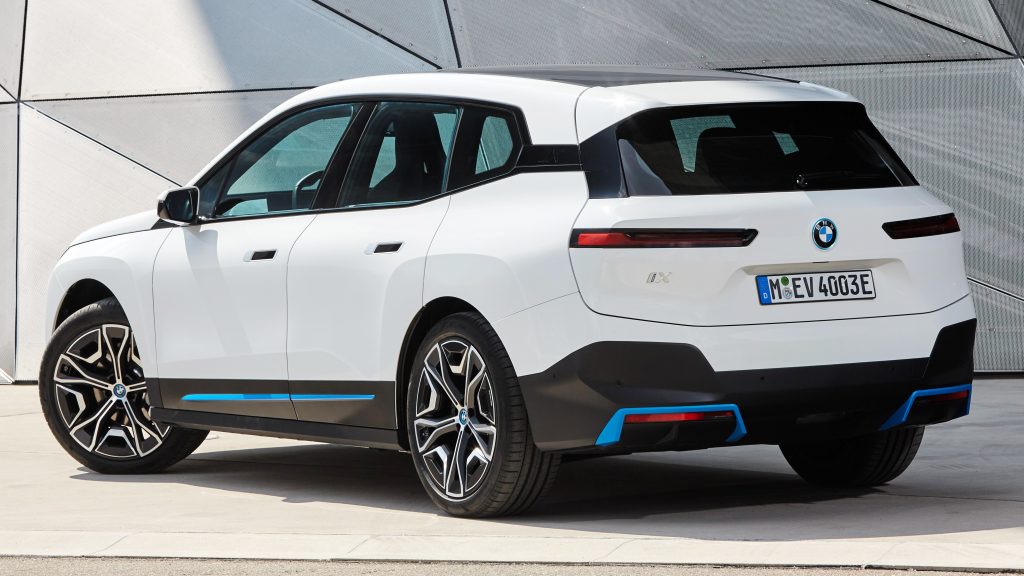
Hyundai and Kia defend that by mentioning that customers effectively use the different levels through the paddle shifters. They also agree that one-pedal driving is not so efficient in rather common scenarios such as stop-and-go or highway driving. Therefore, enabling drivers to choose is the best way to go for them.
Porsche and BMW use their higher budget to cheat on the game. Luxury cars employ their cameras, GPS, and sensors to learn the driving conditions ahead and continuously adapt their settings. For example, the car may regenerate more when approaching a car at a lower speed, and less when going down a hill.
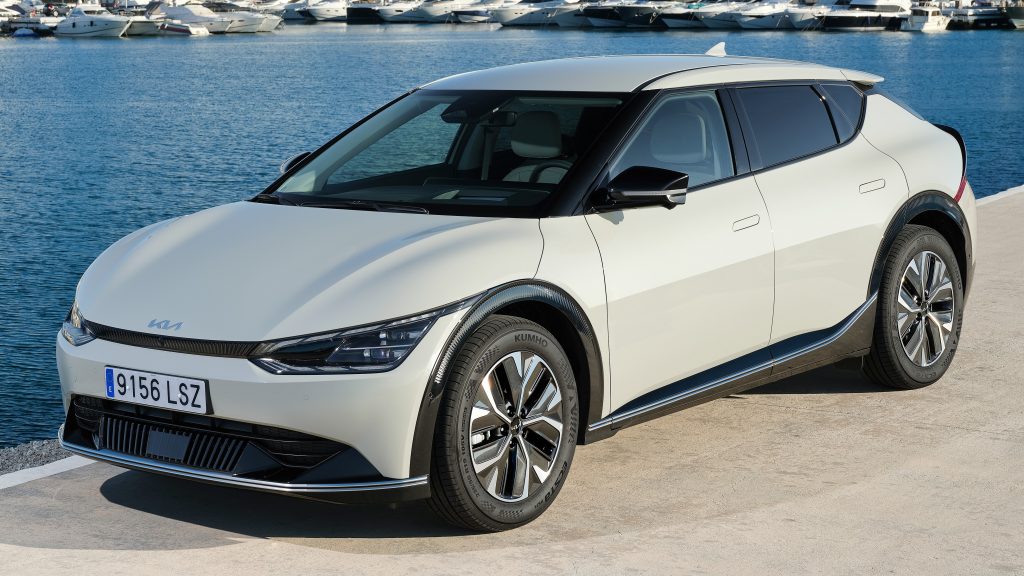
Is one-pedal driving good or bad?
While having electronic gadgets to help us is always interesting, we can say that keeping our freedom to choose is the best solution, indeed. After all, it is not exclusively a matter of maximizing energy efficiency. We are talking about a feature that changes how we control our car. That is certainly not a small thing.
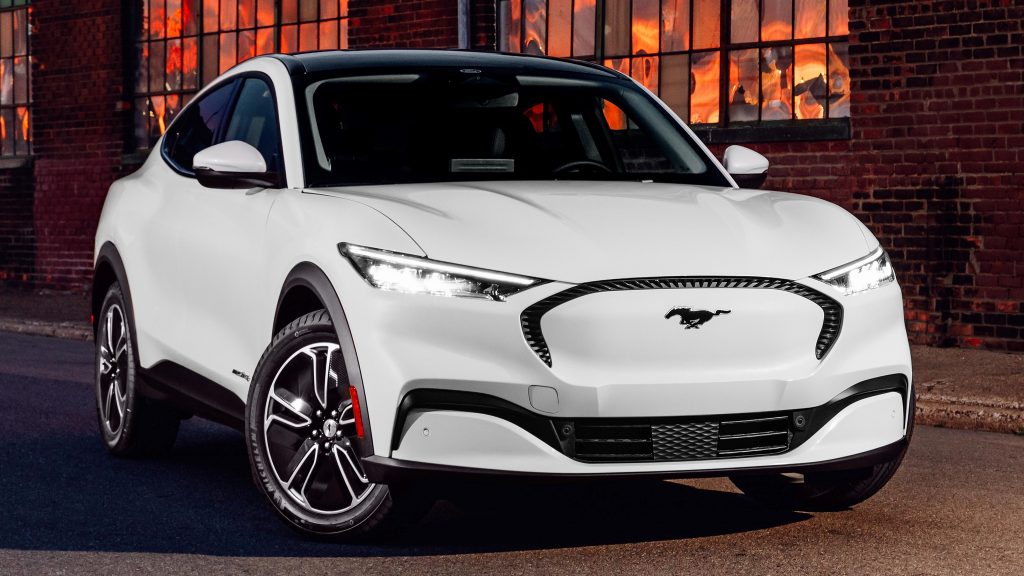
As we said in the beginning, electrification is reshaping the way we drive. It is our duty to learn how EVs differ, especially when we plan to buy one. However, makers have to do their part by making that process as easy as possible. Doing so increases customer approval and helps reduce the chance of accidents.
Now, you will be able to pay closer attention to how one-pedal driving works, especially when browsing dealers for a new car. Will you prefer to make driving simpler, despite its drawbacks? Or would you rather pick a car that offers multiple levels, so you can determine how much regenerative braking you want?

Frequently asked questions
Is one-pedal driving more efficient?
It recovers some of the energy that used to be wasted when braking the car. One pedal driving alone does not make the car use any less energy.
Is one-pedal driving safe?
Like everything else in a car, the answer actually depends on your driving skills and experience. One pedal driving affects how the car responds during deceleration, so you have to be prepared in order not to lose its control.
Does Tesla have one-pedal driving?
Yes. In fact, Tesla has locked its cars’ regenerative brakes at the highest setting, so you will have one pedal driving whenever you lift your foot off the accelerator.
Does regenerative braking use brake pads?
No. It draws energy from the wheels’ movement to generate electricity and that is what slows them down. That system cannot replace traditional friction brakes.
Sources
- One-Pedal Driving Isn’t Necessarily the Most Efficient Way of Driving an EV – Road & Track
- Regenerative Brakes: How Do They Work? – Kelley Blue Book
- What is Regenerative Braking? – J. D. Power
Danillo Almeida has explored his passion for cars in two distinct ways. The first one is his graduation course in Mechanical Engineering, which will hopefully lead to a job position in the field. The other one is expressing his knowledge and opinions on the matter through writing. Almeida has already contributed to blogs, stores, and websites in general writing automotive content in many formats.



